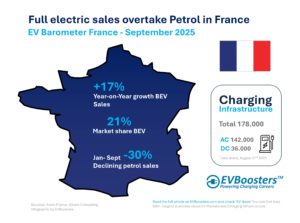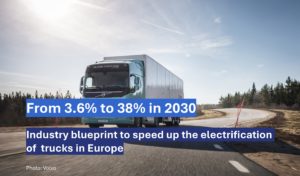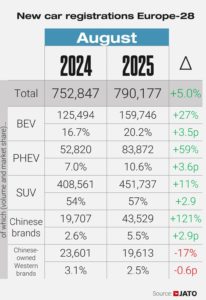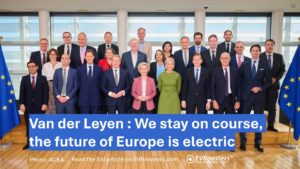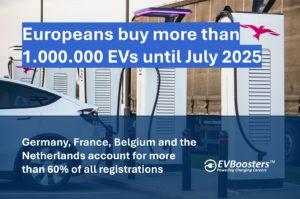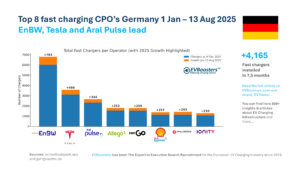Tesla continues to lead in this sector, accounting for just over a quarter of the fast-charging stations. Although there has been a slowdown in EV demand, the increasing availability of charging stations is mitigating one of the main barriers to EV adoption. Chris Ahn, head of electrification consulting at Deloitte, stated, “There aren’t a ton of charging deserts left,” highlighting the progress made in addressing previous location challenges.
The federal initiative, supported by a $5 billion plan, aims to fill the remaining gaps in the EV charging network. Recent installations include stations at the Kahului Park & Ride in Maui and outside Hannaford Supermarket in Rockland, Maine. As states begin to utilise federal funds more extensively, a continued increase in charging station availability is expected.
This growth also reflects the improved economics for companies operating these networks, driven by the rising number of EVs on the road. BloombergNEF predicts that global public-charging revenue will reach $127 billion by 2030, with Tesla contributing $7,4 billion. The financial viability is encouraging further expansion and investment in charging infrastructure.
Retailers are playing a significant role in this growth. Convenience store chains like Buc-ee’s and Wawa opened 19 new charging stations in the first quarter alone. This trend is helping to extend the EV charging network beyond the coastal regions. Indiana, for instance, added 16 new fast-charging stations, while Missouri and Tennessee each added 13, and Alabama added 11.
Despite these advancements, there is still a perception gap. Samantha Houston, senior vehicles analyst at the Union of Concerned Scientists, explained, “There tends to be a lag in when the charging infrastructure is out there and visible and when public perception catches up to it.” However, the ongoing expansion of charging stations is expected to gradually shift public opinion.
Overall, the US is making substantial progress in building a comprehensive EV charging infrastructure. This development sets the stage for broader EV adoption, helping to overcome one of the key obstacles in transitioning from petrol vehicles to electric ones. As these efforts continue, the future of EVs in the US looks increasingly bright.
Source: Bloomberg


